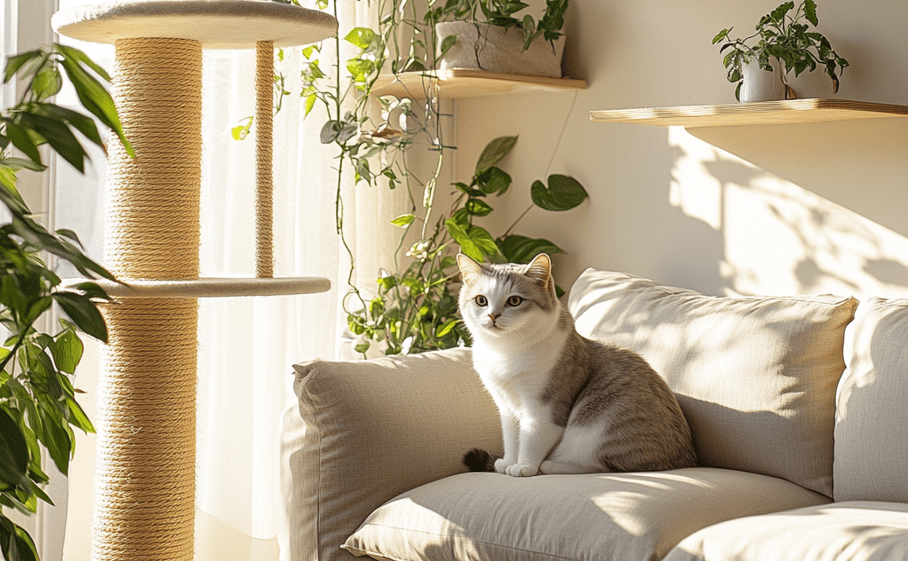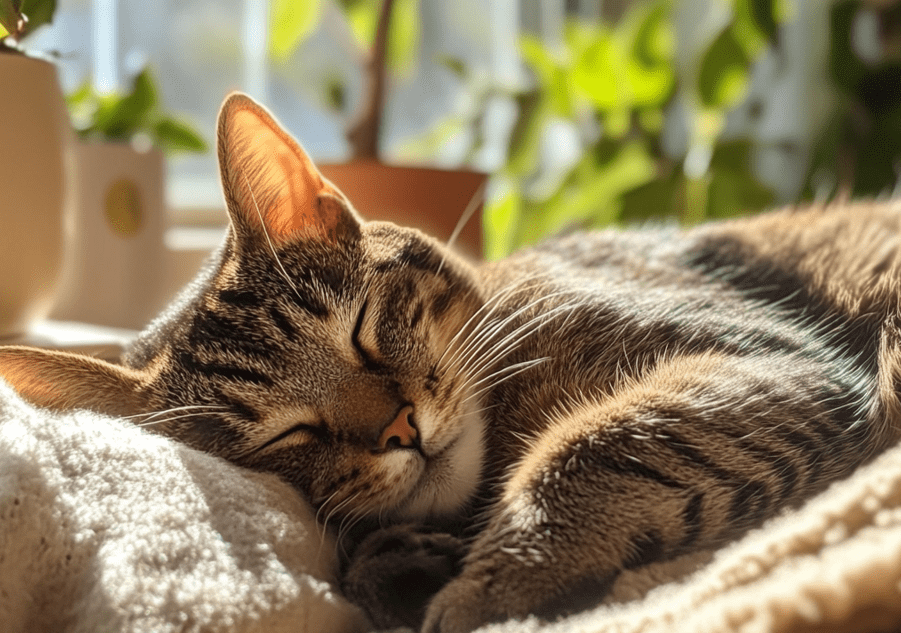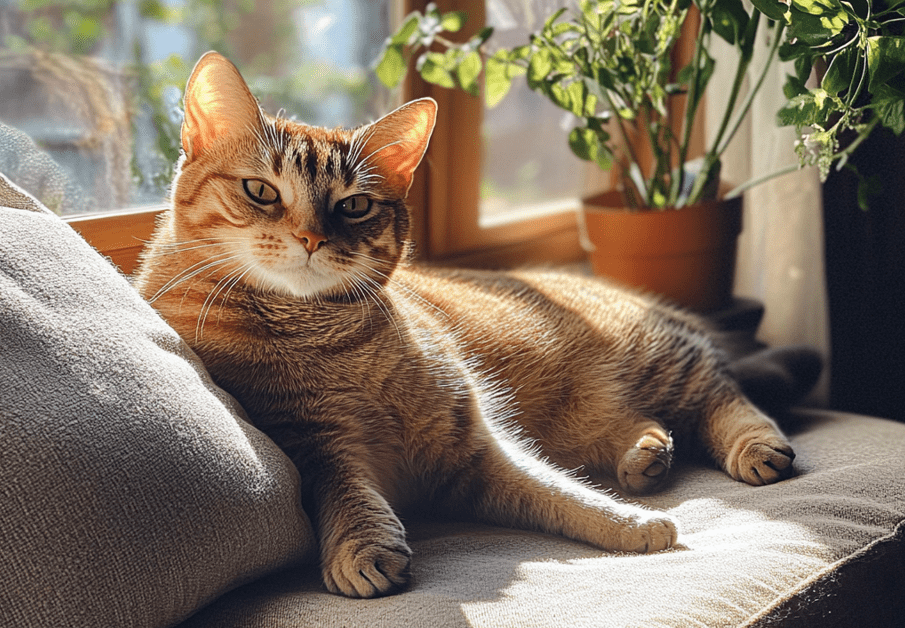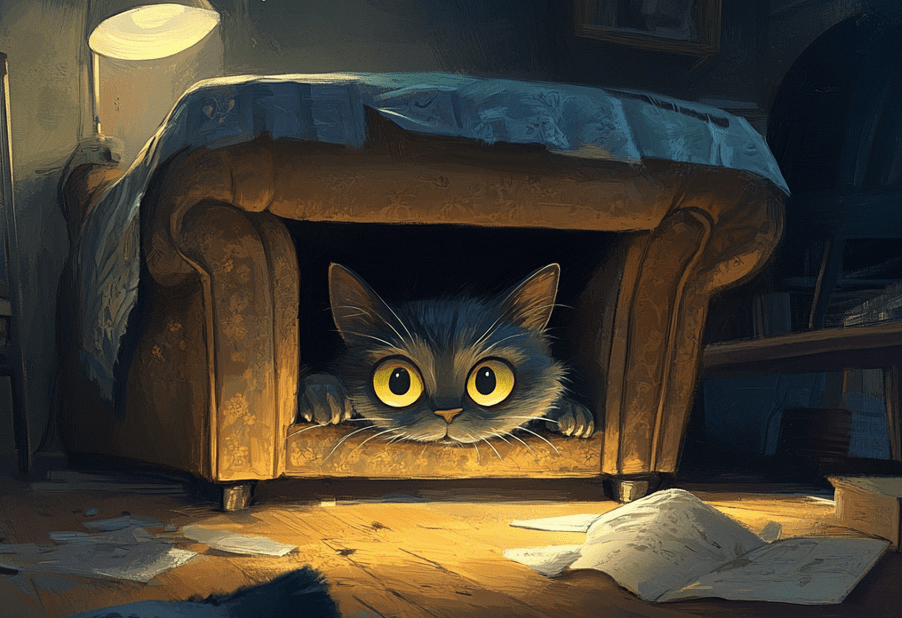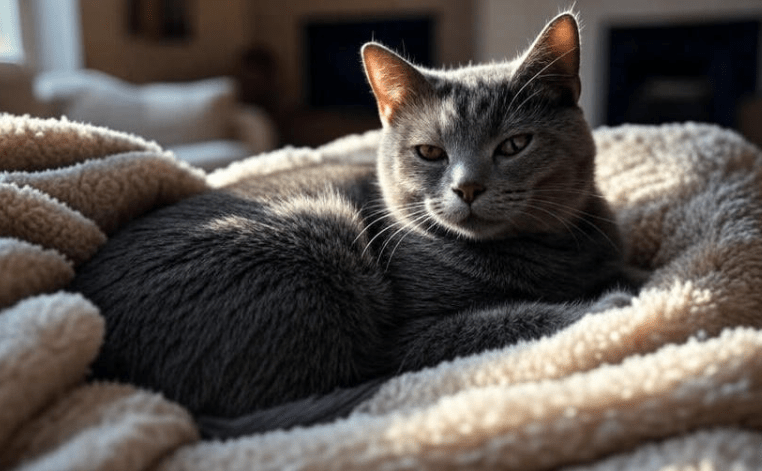
Understanding cat relaxation techniques is important to every cat parent for overall well-being. Before understanding cat relaxation you have to realize why cat relaxation matters, and about feline stress. Let’s explore it…
Why Cat Relaxation Matters
Cats have always been associated with individualism, apart from being somewhat elusive. Although they are independent creatures nobody said cats do not get stressed and anxious like everyone else does. It’s important to know how to make your cat calm because it’s good for them. A happy cat is a healthy cat which will result in improved interpersonal relations between the cat and the people in that home. Stress in cats can be brought about by changes in the environment, the arrival of new pets or persons, noise, or even lack of activity. Also, for one to realize that the cat is stressed it becomes hard especially because cats do not show signs of stress like dogs do. Nonetheless, some indications that your cat is stressed include overtreatment, loss of appetite, shyness, or excessive aggression. Being militant and using acclimation can reduce a cat’s stress for better health. Cats, like people, need to have their wants met in order to be healthy and happy, including exercise and good mental care. In this article, I will detail proper stress reduction measures that can help make your cat comfortable and happy. Whether you are a first-time cat owner or a purr-sessed kitty aficionado, check out these handy hacks that will enable your cat to fully relax.
Understanding Feline Stress
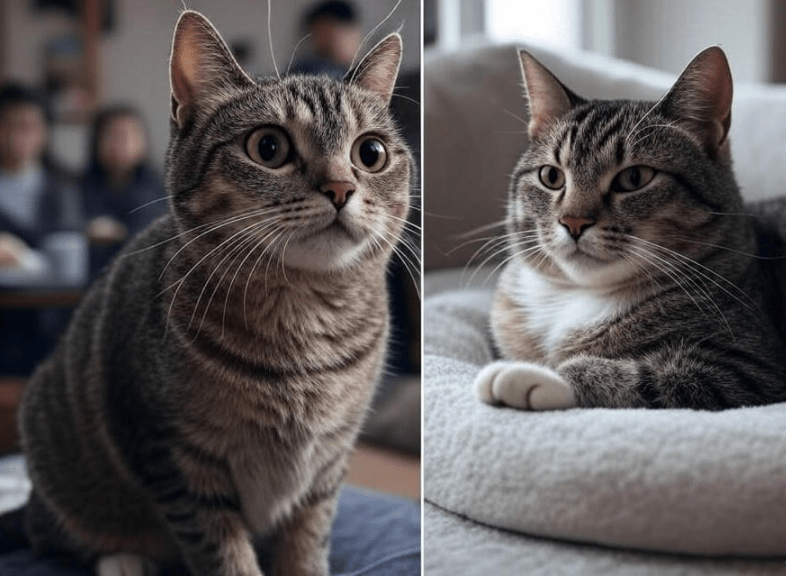
Stress in cats is an indicator of a change or a challenge in a cat’s environment or life. It is thus important to understand that although the occasional stress levels may be somewhat bearable, chronic or severe stress can cause very dangerous health conditions. Cats are very stickler for routines and thus whenever such order is tampered with, they feel so insecure.
Common Causes of Stress in Cats:
Environmental Changes: Ways important change: Transition stress: changing homes, rearranging furniture or even the changing of seasons.
New Additions: Anything new coming into the home poses a threat to a cat, say, new pets, babies, or guests.
Loud Noises: Noises, such as thunder, fire crackers or any household appliance is actually frightening.
Boredom and Loneliness: This is especially so when there is boredom; and this can result from lack of mental challenge as well as lack of social contact.
Medical Issues: Sickness, pain, or any kind of ailment, which results from unattended diseases can also lead to stress.
Signs of Stress in Cats:
Behavioral Changes: Heightened aggression or withdrawal or being clingy.
Appetite Changes: Developed decreased appetite or became overeaters.
Grooming Issues: Examples of grooming behaviour include; over grooming, self-grooming and grooming less frequently than required.
Litter Box Problems: Littering and or defecating in the wrong or places that are prohibited including in the house.
Vocalization: Excessive vocalization in general, vocalization of moderate intensity at odd times, or stylistic variations in vocalization.
Cat Relaxation Techniques
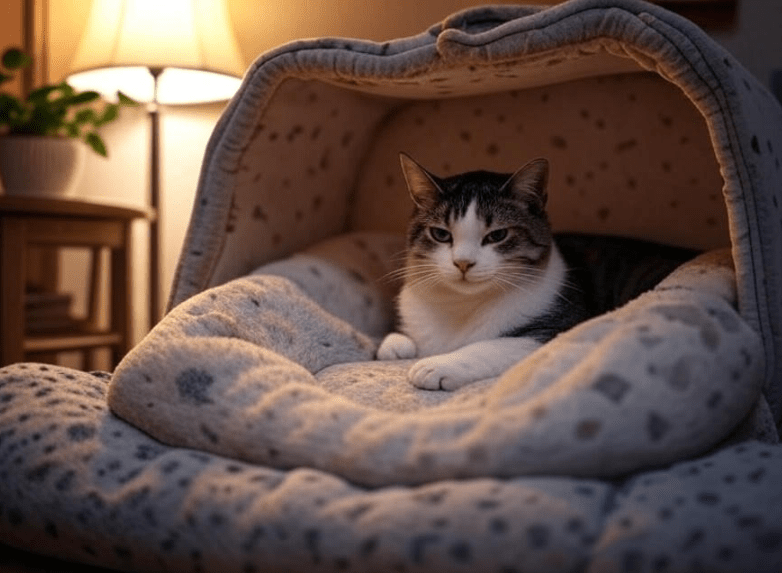
To put your cat at ease you need to make his environment safe and comfortable and do things that will make him feel secure. Here are several proven techniques to keep your feline friend calm and happy:
Creating a Calm Environment:
Safe Spaces: When the cat has become overstimulated, furnish it with small, calm and free from interference spaces.
Cozy Bedding: It is recommended to use responsible yet soft blankets and the company’s cat beds to encourage cats to be more comfortable and take naps.
Soothing Lighting: Avoid bright light or fluorescent light source to maintain a calm environment.
Soothing Sounds and Music:

Calm Music: Cuddle with your cat and play soft classical music, nature sounds or specially designed for cat relaxation music tracks.
White Noise Machines: These are useful to mask sudden noise stresses.
Aromatherapy and Scents:
Pheromone Diffusers: Cats must use items such as Feliway that is a cat specific diffusers which emit calming natural feline pheromones.
Cat-Safe Scents: Among the recommendations the client was advised to use very low intensity scents like lavender, but only if they are harmless and should preferably be used sparingly.
Interactive Play and Exercise:
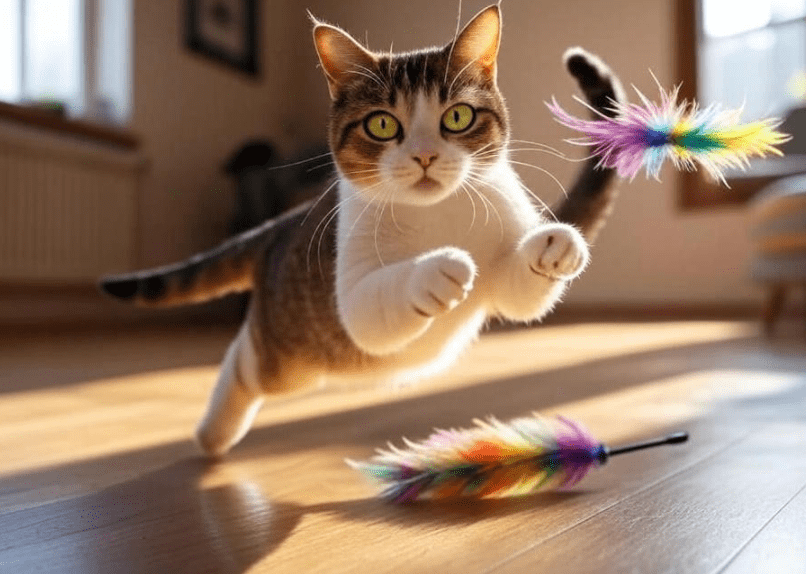
Play Sessions: Play with your cat using toys to enrich the moment, such as; feather toys, laser toys and puzzle toys.
Daily Activity: Make sure the children get to play often enough to ensure they do not get stressed up or bore.
Massage and Gentle Touch:
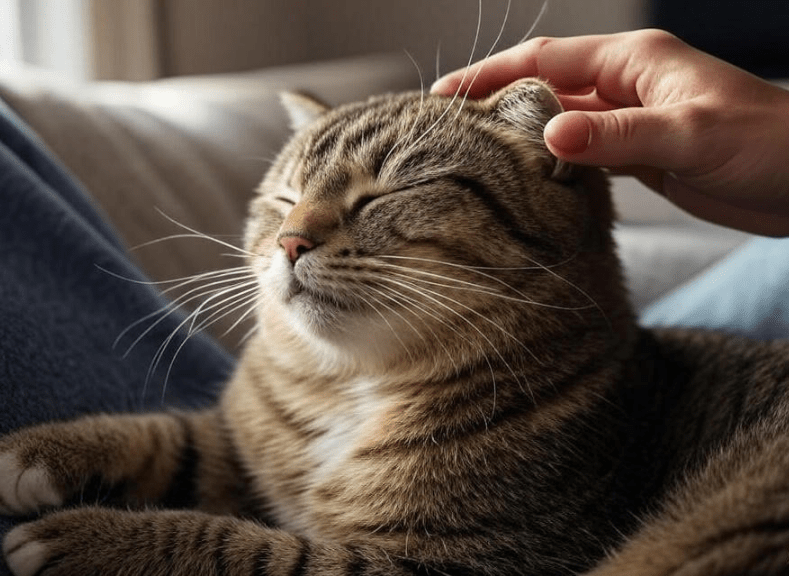
Massage Techniques: Calmly pet your cat along the head, the neck area as well as the back area and do it slowly.
Brushing Sessions: As for the hair recently brushing not only help to prevent the diseases of coat but also can bring them comfort and intimate time together.
Mental Stimulation and Enrichment:
Puzzle Feeders: Treat-dispensing toys will be valuable to keep him or her mentally stimulated.
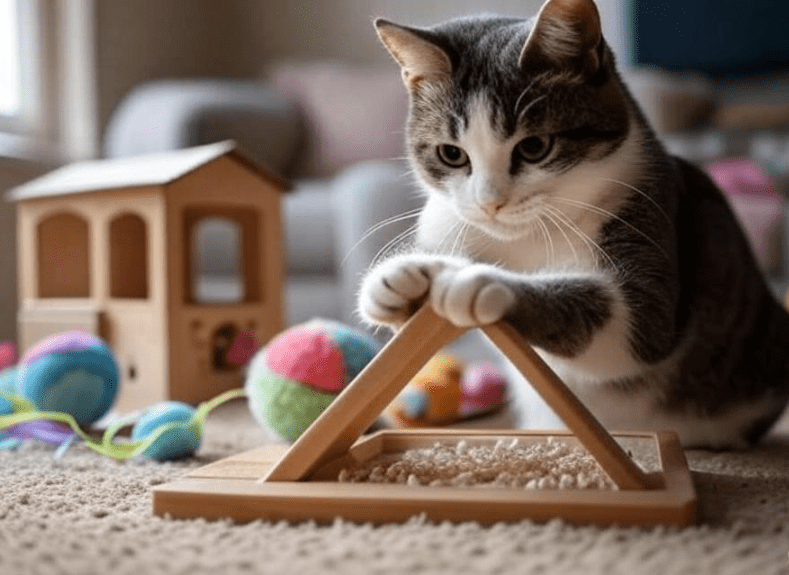
DIY Enrichment: Make toys at home or turn a cardboard box into a tool for learning and fun.
Routine and Consistency:
Predictable Schedules: Cats need to be feed at fixed time in the day; they also should play and be interacted with at certain times of the day.
Stable Environment: Avoid frequently moving your cat from one environment to another.
Professional Help
However, if you are trying to deal with cat anxiety or stress and fail to make a decision, it is advisable to seek the services of a cat expert. It is best consulted with a veterinarian or a certified animal behaviorist to get professional and proprietary recommendations. They can help you identify the underlying causes of your cat’s stress and recommend appropriate treatments, such as:
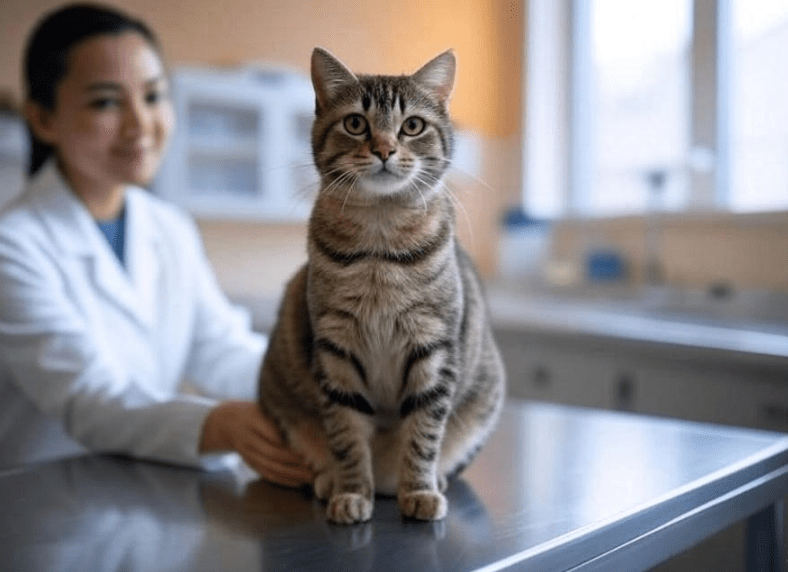
Veterinary Check-up: To reduce and eliminate other causes that can cause a cat to be anxious this is done to ensure the cat receives proper medical check up.
Behavior Modification Techniques: A behaviorist has to show you how to proceed in order to make your cat stay calm and how to deal with stressed cats.
Medication: Ideally, it is effective to use some drugs only in moments when child has critical anxiety or behavioral problems. However if you are planning to use any form of medicine in your cat then it’s wise to seek advice from a vet.
Conclusion
Through reading this article about relaxation techniques helpful to reduce stress on your cat and learning more about your cat’s personality, you need to know the best way to make changes that would help to make your feline friend comfortable and relaxed. As you work with cats, the most important thing you should know is that cats do not change quickly; therefore, if you expect change, you have to be patient and always consistent. However if you notice any continuous behavioral problems or elements disrupting the harmony of your home please consult a vet or a professional in animal behavior.

